-
Welcome to Tacoma World!
You are currently viewing as a guest! To get full-access, you need to register for a FREE account.
As a registered member, you’ll be able to:- Participate in all Tacoma discussion topics
- Communicate privately with other Tacoma owners from around the world
- Post your own photos in our Members Gallery
- Access all special features of the site
Need wiring help for Alternator
Discussion in '2nd Gen. Tacomas (2005-2015)' started by TommyD269, Aug 26, 2025.
Page 1 of 2
Page 1 of 2


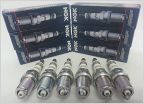 I4 loss of power and rumbling up hill only
I4 loss of power and rumbling up hill only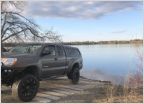 Custom Speaker Setups
Custom Speaker Setups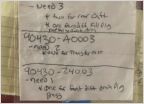 Crush Gaskets On Drain Plugs
Crush Gaskets On Drain Plugs Looking for suggestion for a waterproof plug/connector to wie my light bar
Looking for suggestion for a waterproof plug/connector to wie my light bar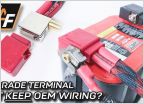 FAvorite battery terminals for accessory connection?
FAvorite battery terminals for accessory connection?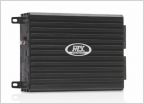 Compatibility with subs, amp and Taco Tunes box
Compatibility with subs, amp and Taco Tunes box


